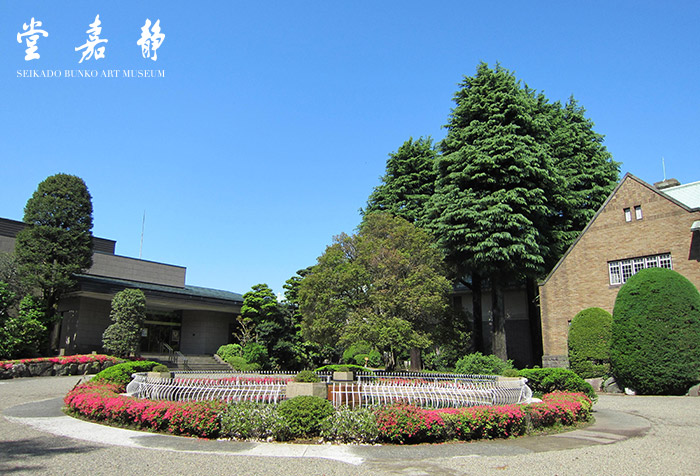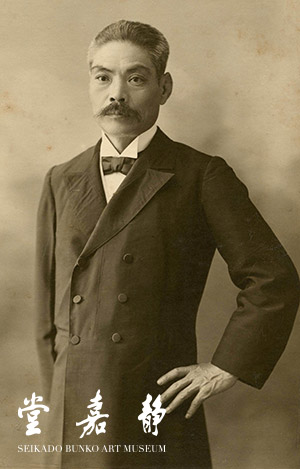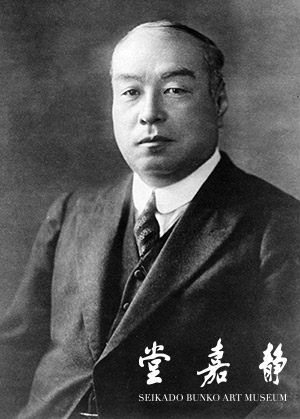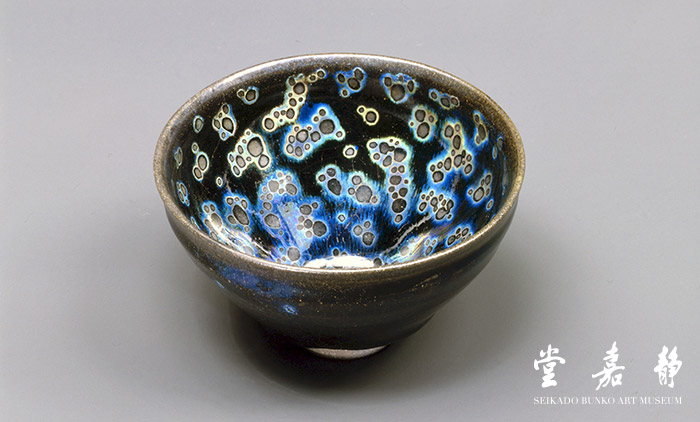
The Seikado Bunko Art Museum is located in a quiet residential neighborhood in Setagaya Ward, Tokyo, near the Tama River. There, atop a small hill clothed in green, stands the Bunko (library) and the Art Museum, around a round pond. The institution conserves, exhibits, and conducts researches on the books and works of art that Iwasaki Yanosuke (1851-1908), the second president of Mitsubishi, and his son Iwasaki Koyata (1879-1945), its fourth president, collected between 1878 and 1945. The name “Seikado” which was also the name of Yanosuke’s studio, came from the Chinese poem “Jizui,” Book of Odes, and it signifies that offerings to the spirits of the ancestors are purely and beautifully arranged.
Iwasaki Yanosuke (1851-1908)
 Iwasaki Koyata (1879-1945)
Iwasaki Koyata (1879-1945)

Around 1892, the library was established when Yanosuke began collecting books to support the historiographical work of Yasutsugu Shigeno (Seisai), who had tutored Yanosuke in the study of the Chinese classics. The collection includes private libraries acquired in their entirety, such as the former collection of Lu Xinyuan, one of the four great book collectors in the late Qing dynasty, as its core, augmented by the results of ongoing work to develop a more comprehensive collection. In 1940, Koyata established the Seikado Foundation, with himself as its chairman. (It was reincorporated as a public interest corporation in 2009.) Today, the library consists of 120,000 volumes of Chinese and 80,000 volumes of Japanese books; it is a specialized library with conservation as its primary function. The art museum’s collection consists of 6,500 works of classic East Asian art, including 7 National Treasures, 84 Important Cultural Properties (of which 25 are books), and 79 Important Art Objects.
Yanosuke, concerned the growing Westernization that followed the Meiji Restoration, began collecting to prevent classic East Asian art from being dispersed overseas. His broad-ranging collection includes paintings, calligraphy, ceramics, lacquerware, chanoyu utensils, sencha utensils, and swords. Koyata, by contrast, focused on collecting Chinese ceramics systematically, building one of the finest collections in Japan, which includes Tang sancai (three-color ware), Song ceramics, and Qing porcelains. Among them, the Yohen Tenmoku tea bowl that Koyata acquired in 1934 has been designated as a National Treasure of Japan. Since the opening in 1992, the art museum has been having four to five thematic exhibitions of art objects and books from the collection each year.
Yohen Tenmoku tea bowl
